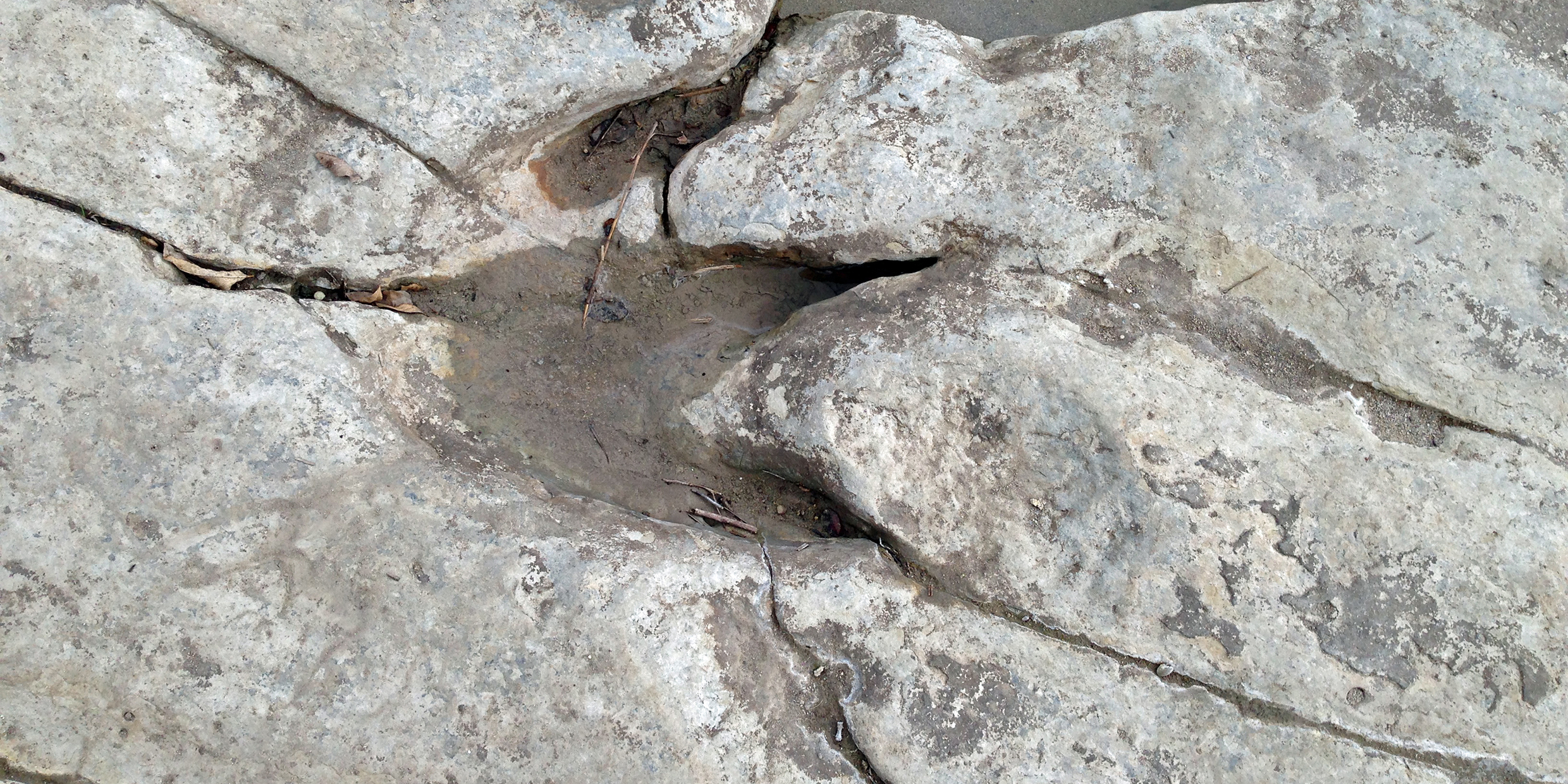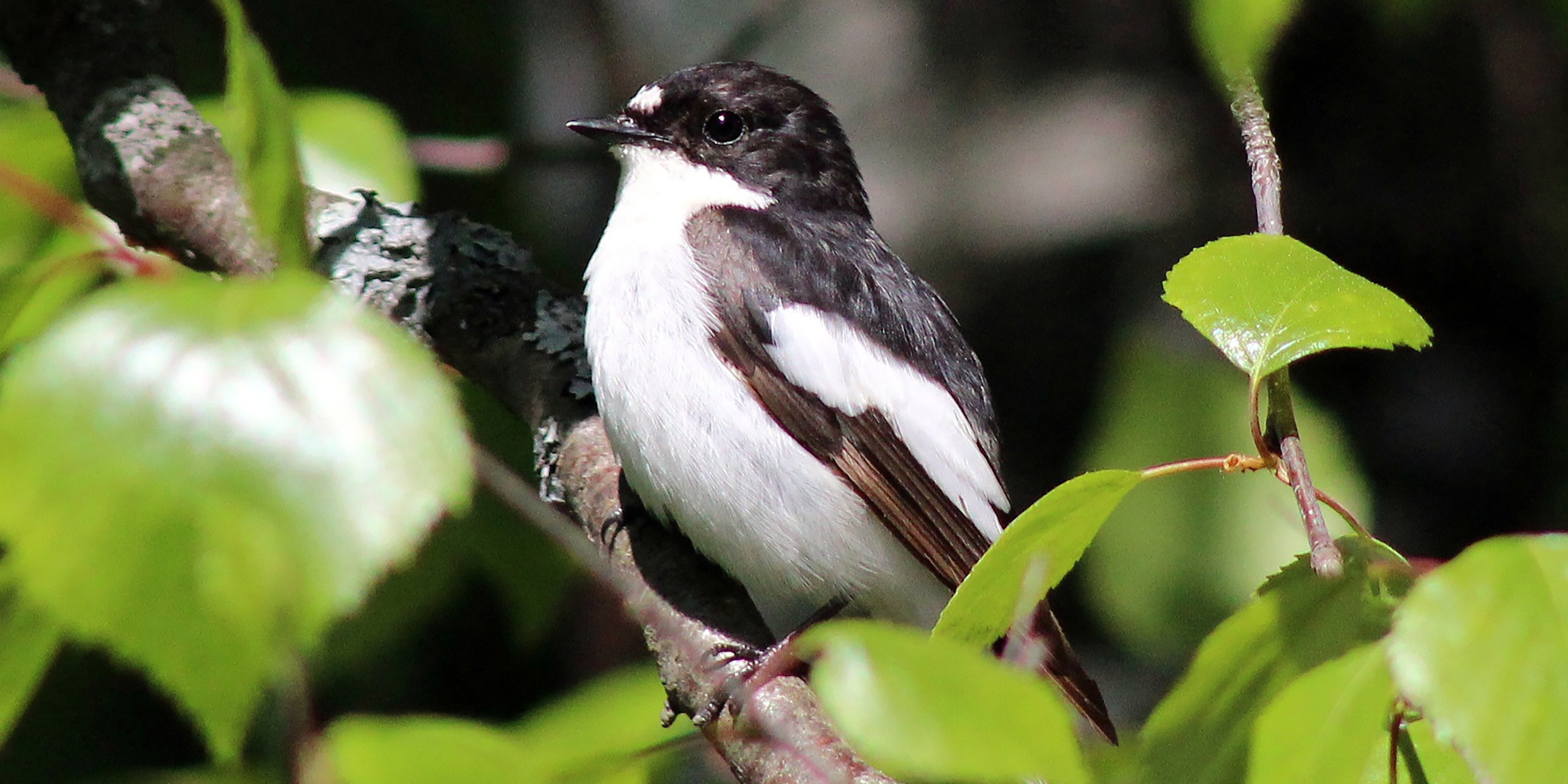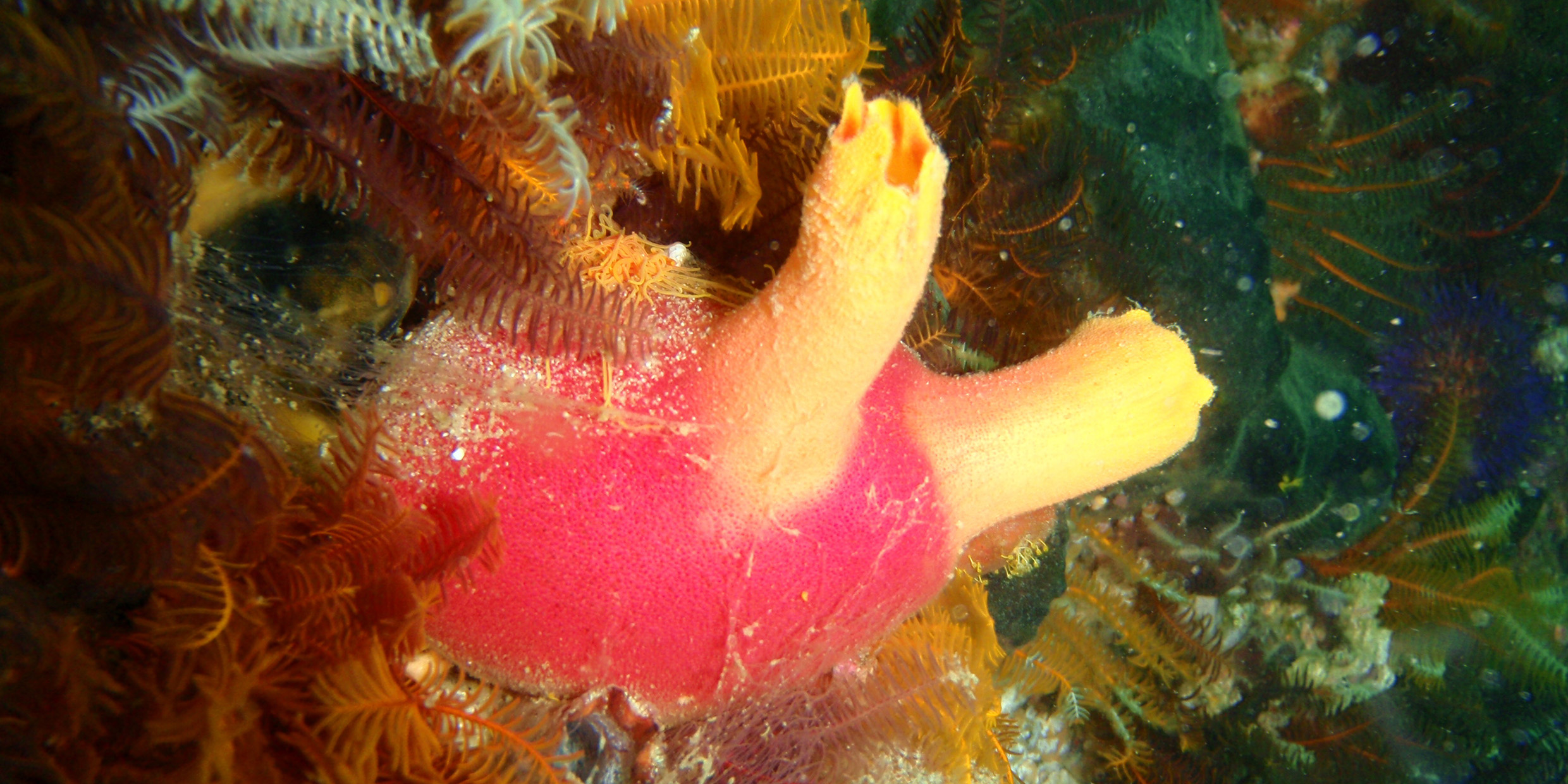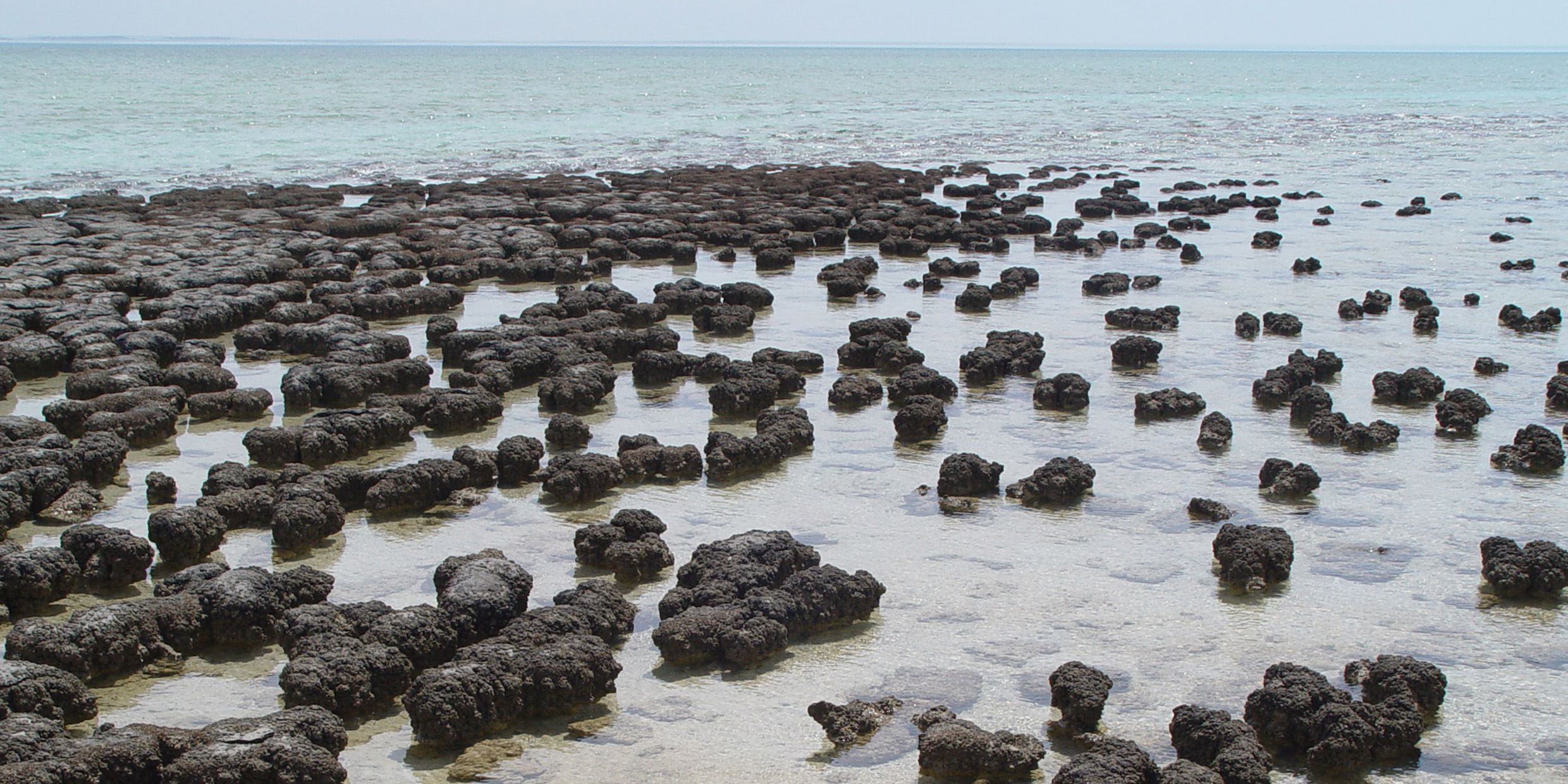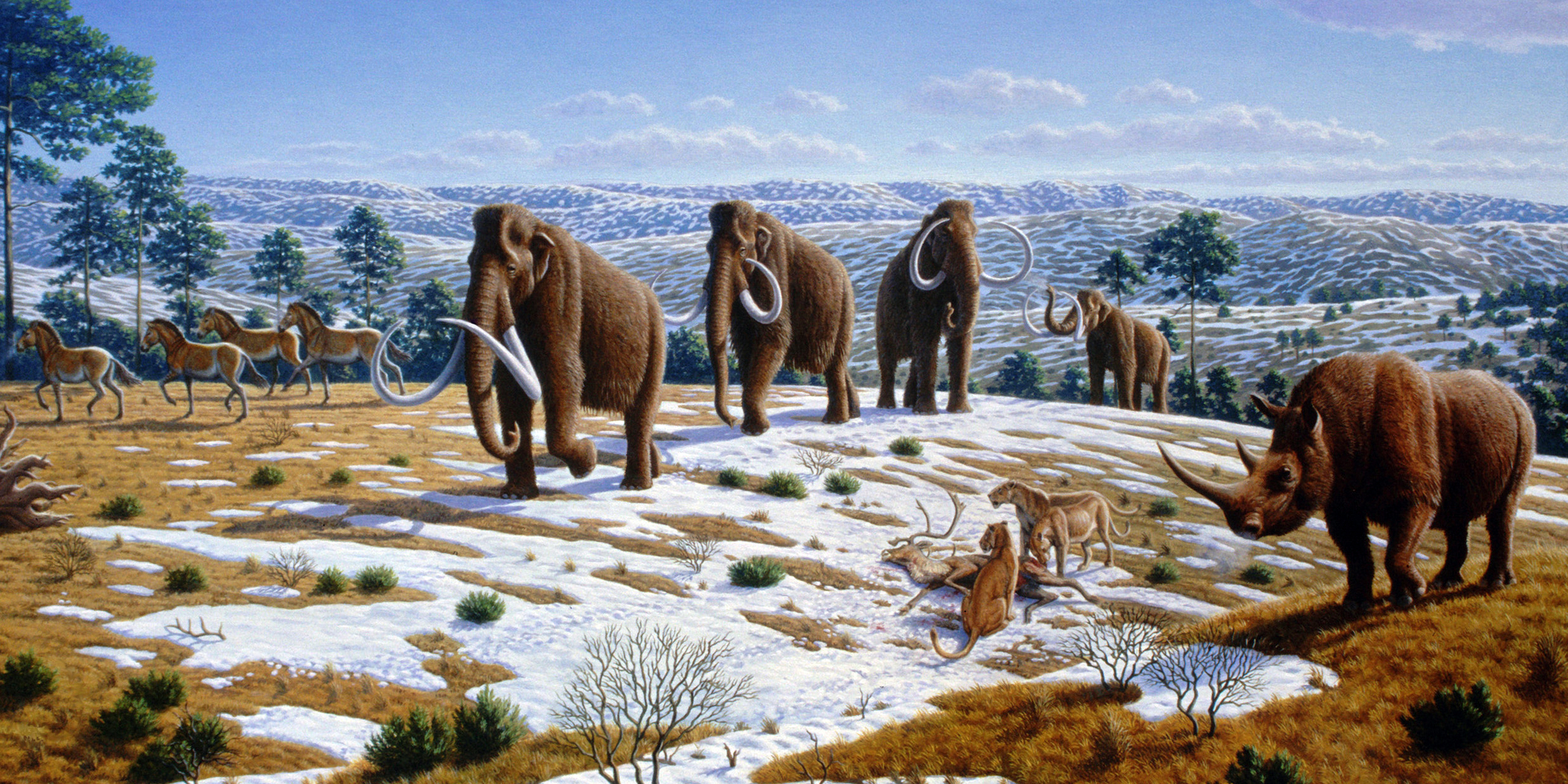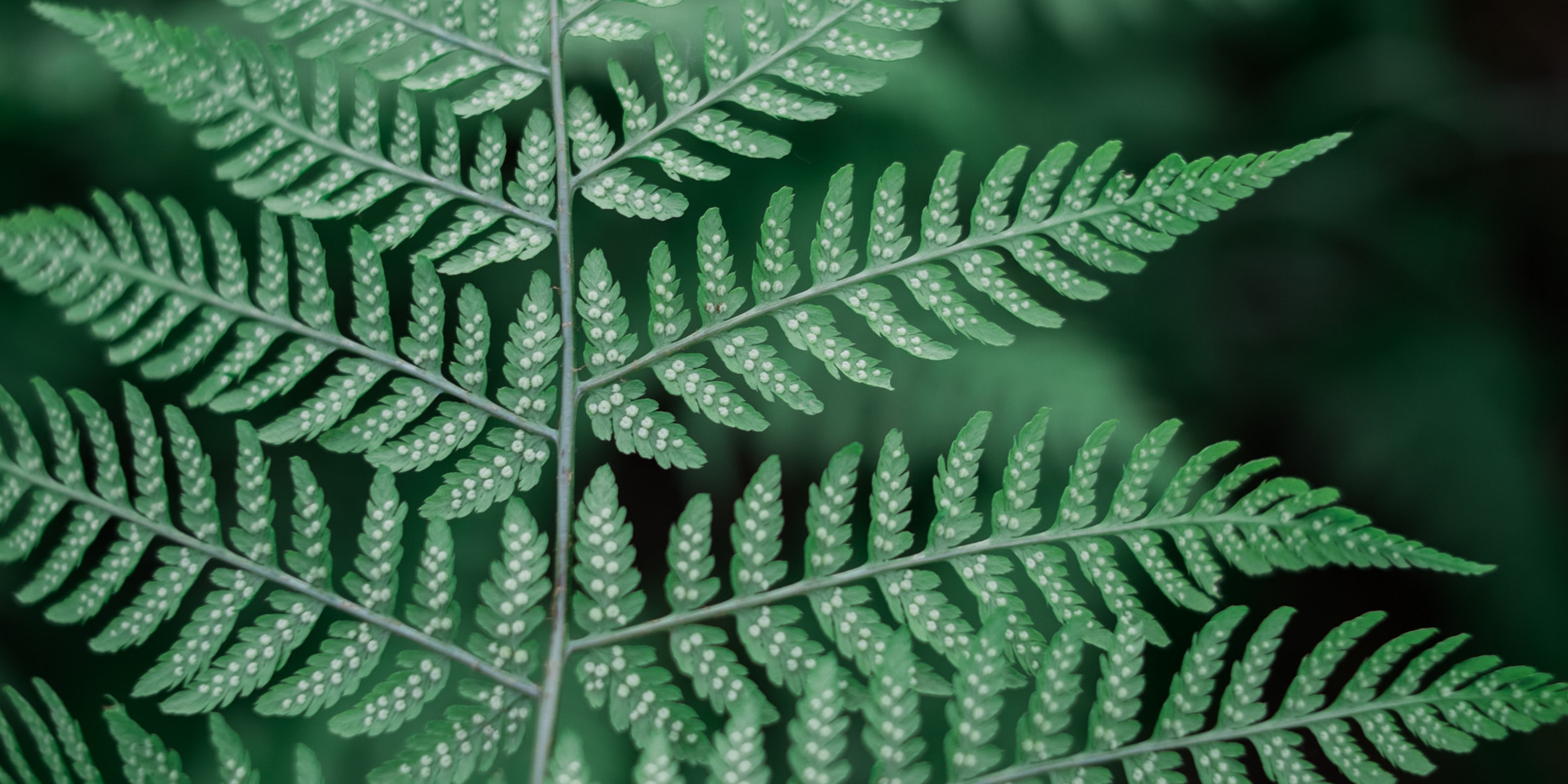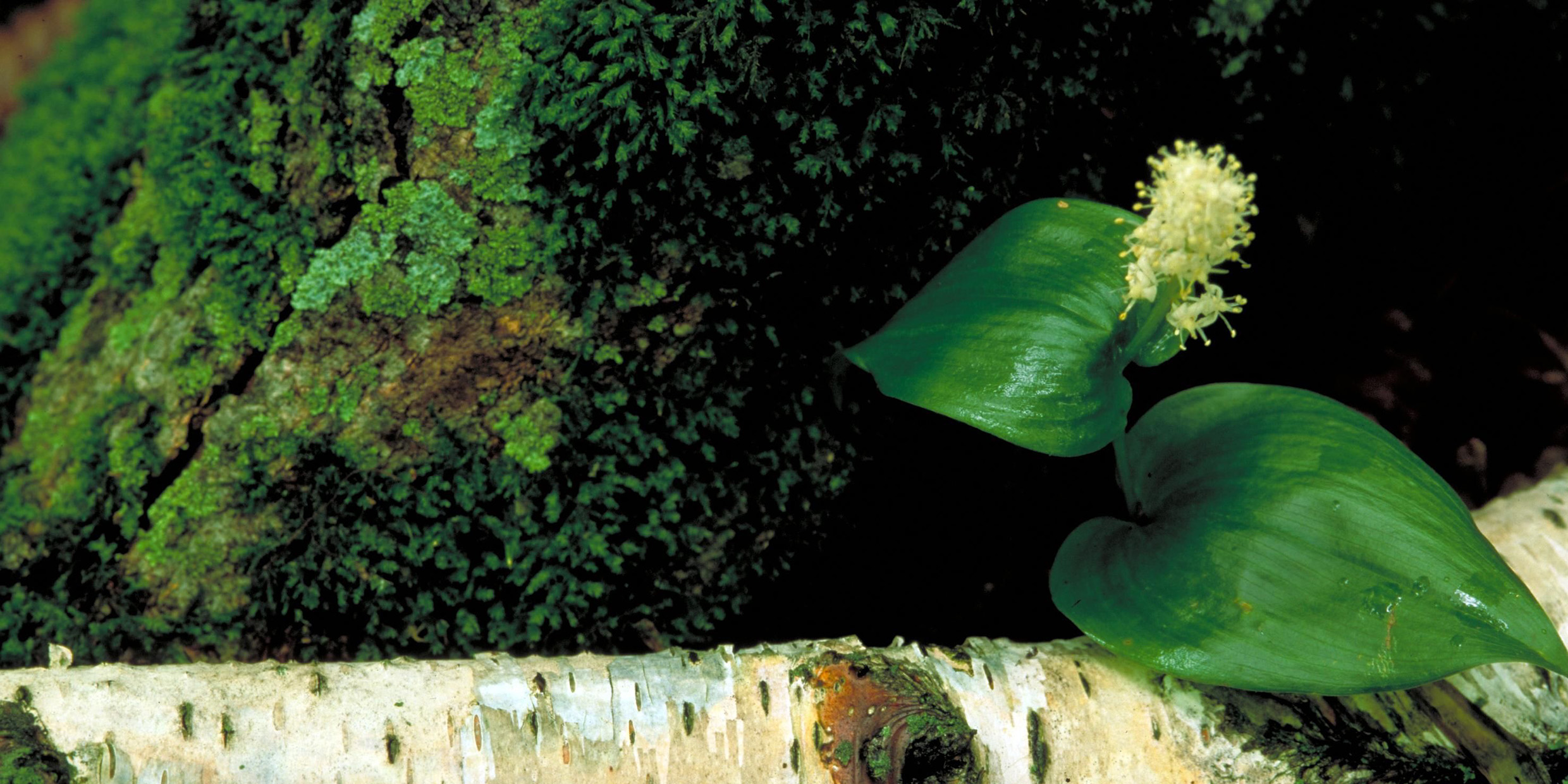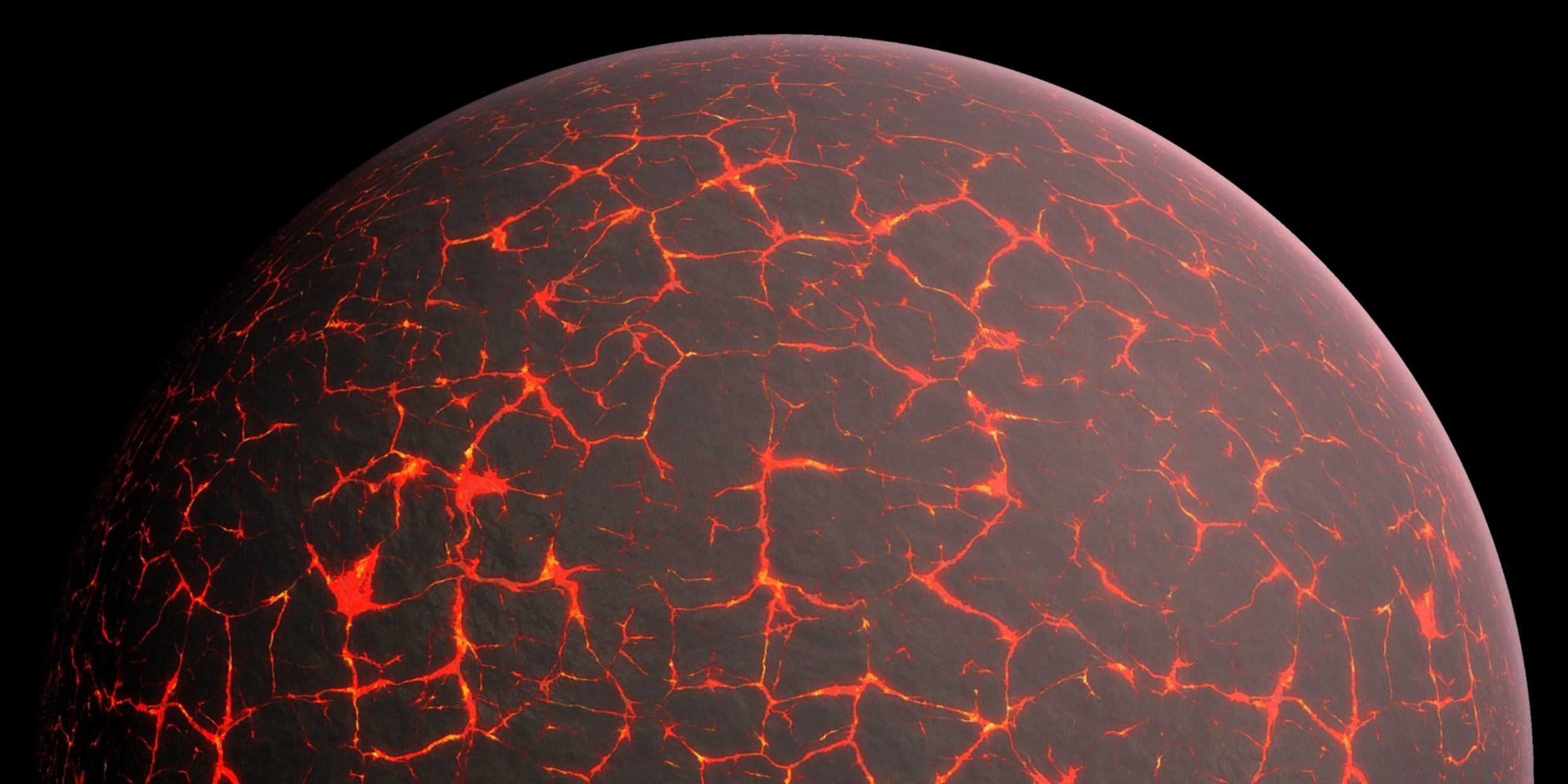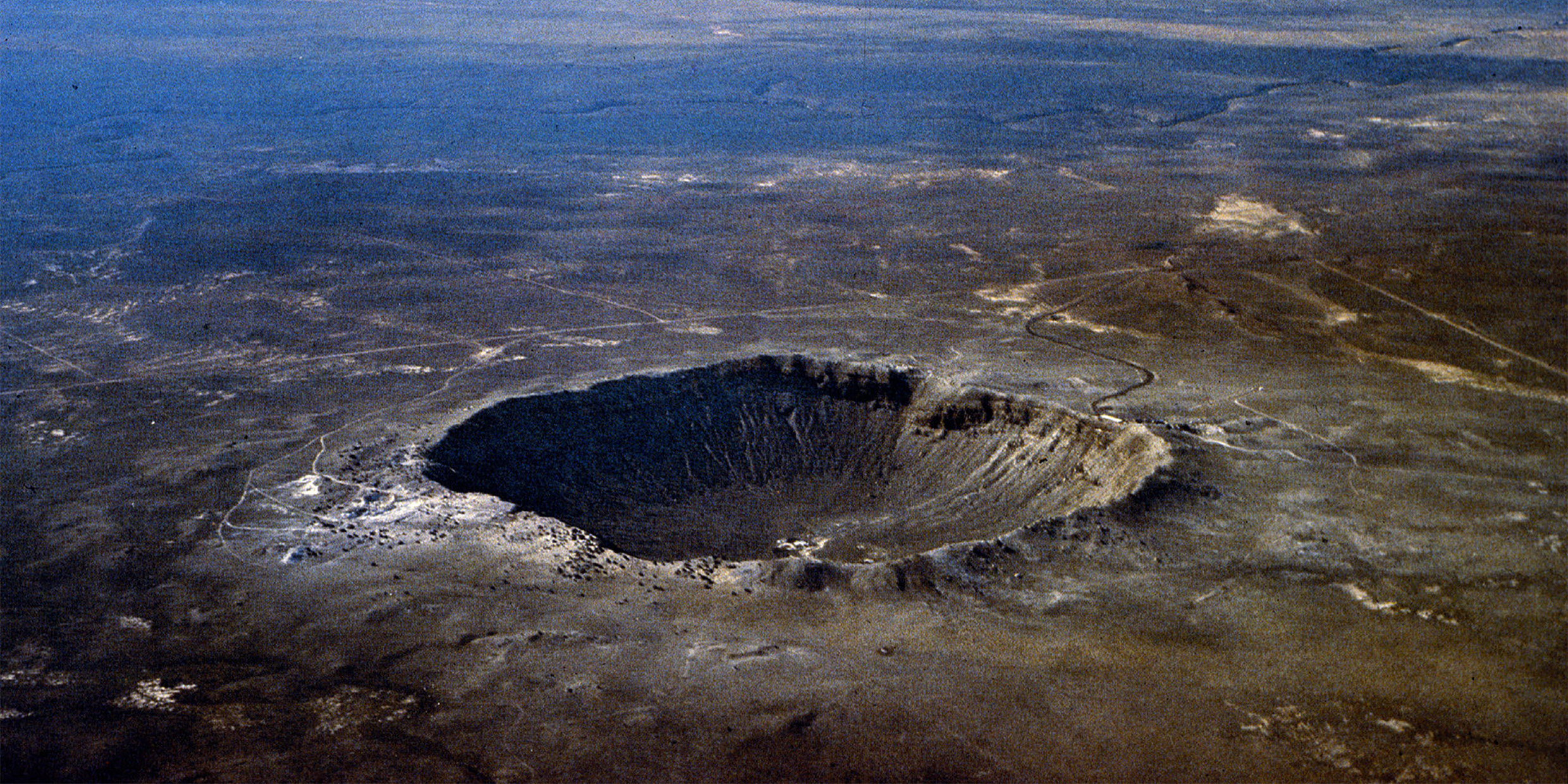Down on the Paluxy River in Texas, there are fossil footprints of human beings in the stratum of sedimentary rock that bears the tracks of dinosaurs. Or so claim the adherents of some fundamentalist religious groups.
Evolution
Lessons in love from the pied flycatcher
How can I make myself more attractive to the opposite sex?
Our cousin the sea squirt
I have a friend, a marine biologist, who haunts the beaches, salt-water marshes, and tide pools of the New England shore collecting the gifts of the sea. Now and then she will find something special that she shares with me. This past weekend she presented me with one of the biggest and finest sea squirts she had ever found washed ashore.
Stromatolites and sun-lovers
Some 19th century geologists assigned the origin of life to the Cambrian Period of geologic history. Rocks younger than the Cambrian contain fossil evidence for life that is striking and abundant. Older formations seemed not to contain fossils of living organisms.
The mammoths’ demise
In Jean Auel’s blockbuster novel, “The Mammoth Hunters,” the beautiful Ayla muses on the coming hunt. “How could creatures as small and weak as humans challenge the huge, shaggy, tusked beast, and hope to succeed?” she asks herself.
Evolutionary games on the computer
Those who oppose evolution often claim that the theory is not “scientific.” They say that no hypothesis can qualify as science unless it can be tested by a controlled experiment.
My very distant cousin, the turnip
This much is certain: The turnip is my cousin. The hummingbird and the humpback whale are twigs on my family tree. Bacteria and viruses are my kith and kin.
The earth’s greening
There comes a moment in New England woodlands in the spring when up through last season’s brown leaves and matted pine needles comes the first green. Like a carpet unrolled overnight, suddenly the greedy leaves of the Canada mayflower are everywhere.
Up from the pond
Life is almost as ancient as the earth itself. Precisely how, when and where life made its debut on planet Earth may never be known. But most contemporary scientists agree that the first living cells arose from spontaneous arrangements of non-living matter.
Did a meteorite destroy the dinosaurs?
The meteor was traveling through space at tens of thousands of miles per hour when it collided with the earth. It was as big as a house, weighed a hundred thousand tons, and blasted a hole in the ground the size of downtown Boston.
